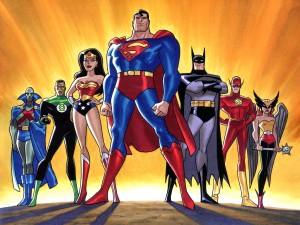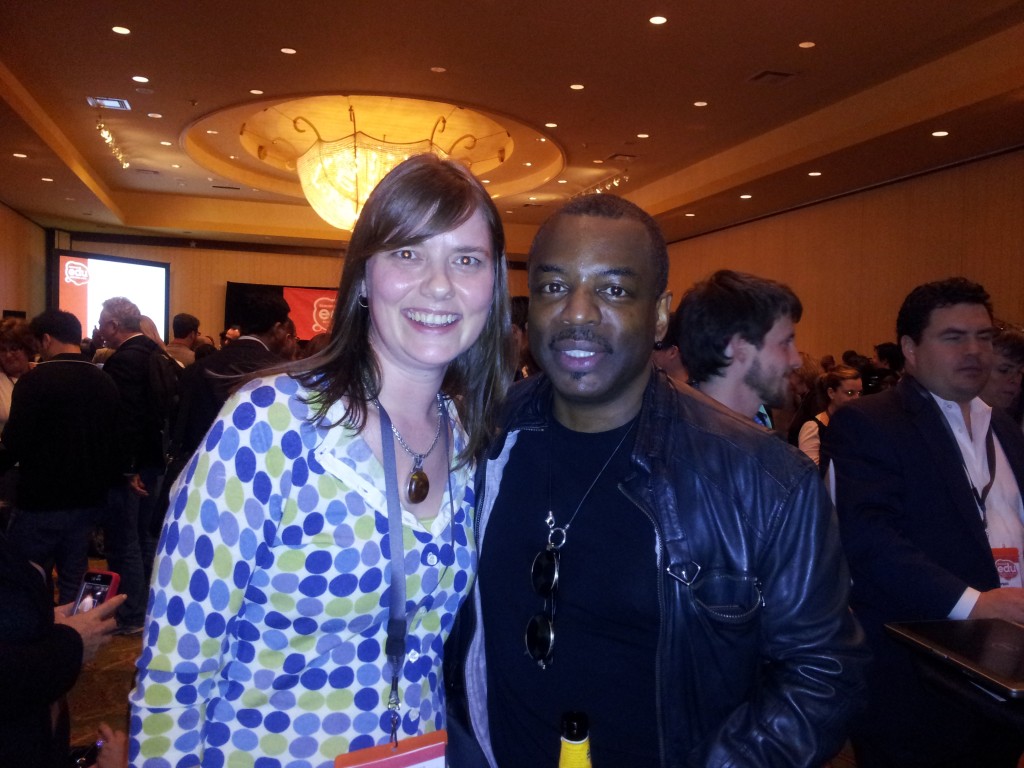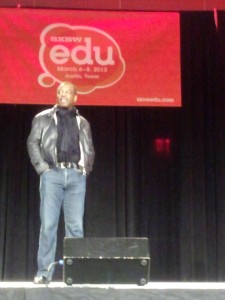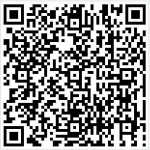This article originally appeared in the April 2012 issue of onPhilanthropy.
Four Strategies for Engagement with Location-Based Services
By Stacy Dyer
![]() You may be hearing about a popular new social media activity. Multiple apps, including Foursquare, Facebook Places, and Gowalla, allow individuals to check in at various locations using their smart phone, and then share their check-ins with their friends. Players can collect points and organizations of all kinds are offering real benefits for virtual check-ins.
You may be hearing about a popular new social media activity. Multiple apps, including Foursquare, Facebook Places, and Gowalla, allow individuals to check in at various locations using their smart phone, and then share their check-ins with their friends. Players can collect points and organizations of all kinds are offering real benefits for virtual check-ins.
Location-based games and services have seen exponential growth over the last three years. Nonprofit organizations are using them to increase their visibility to a growing audience of relatively young, affluent, and highly engaged supporters.
Getting started is easy. Here are four strategies you can use to maximize your engagement with constituents using location-based services.
#1 Promote it at your event
Special events are the ideal time to take advantage of location-based services. During busy events, festivals, or other gatherings, the more individuals who check in, the more likely the location will become designated a “hot spot.” Hot spots are promoted to the top of the list whenever anyone in the area checks in, thereby piquing the curiosity of a wide audience. Promote your participation with visual signage in prominent locations. It reminds casual players to pull out their phones and check in.
#2 Offer a special
Offer a special to encourage folks to check in at your event. It can be a free drink from the concession stand, or a free give-away. Be creative. For a more long-term investment, consider offering a reward to the person who checks in most often (e.g. called “the mayor” on Foursquare) at your location.
To ensure an exceptional experience for those who check in and attempt to redeem the special, be sure to train all staff and volunteers.
#3 Drop an item or create a badge
As previously mentioned, Foursquare is not the only location-based service. Gowalla, an Austin, Texas-based company, has its own service, allowing users to unlock badges and encouraging players to leave or swap items when checking into locations. Facebook Places allows you to use Facebook to “check-in” to locations, as well as tag them in posts and photo uploads.
Consider creating a special item just for your event. Players may carry your item to a distant place and drop it off for the next player who comes by. Consider this example: a South by Southwest Music Festival (SXSW) badge from Austin is dropped off at the Sundance Film Festival in Utah, or even farther away. How could such an activity spread brand awareness for your organization?
#4 Make it an adventure
Are you part of a collective of city theaters or museums? Consider creating a trip including all of your participating locations. You can highlight key attractions and direct players to hidden gems. Combine your trip with a special to create a special scavenger hunt game.
You could also develop adventure tours for volunteers to target parks for clean-ups, or donors to visit locations being benefitted by their support.
“One thing I like best about location-based networking is that people often link their check-in service to their Twitter accounts,” says Kristen Britt O’Donnell, director of public relations and marketing for Goodwill Industries of Southwest Florida, Inc. in North Fort Myers, Fla. “Having the Twitter link gives our organization yet another opportunity to engage with supporters one-on-one, by thanking them for stopping by, asking them how their visit was, or offering them suggestions for a future visit.”
Your options for using location-based services are limited only by your creativity. If you keep it fun and engaging, your forays into using this dynamic social media activity will open a new channel for you to connect with your community and donors.
To read more about different ways organizations can get started with Foursquare, specifically, check out this post on the Sage Words blog: “Foursquare is open for business! Not-for-profits take note.”








